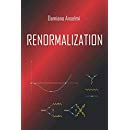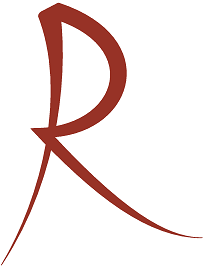Gauge invariant fields
Quantum gravity is extended to include purely virtual “cloud sectors”, which allow us to define a complete set of point-dependent observables, including a gauge invariant metric and gauge invariant matter fields, and calculate their off-shell correlation functions perturbatively. The ordinary on-shell correlation functions and the $S$ matrix elements are unaffected. Each extra sector is made of a cloud field, its anticommuting partner, a “cloud-fixing” function and a cloud Faddeev-Popov determinant. The additional fields are purely virtual, to ensure that no ghosts propagate. The extension is unitary. In particular, the off-shell, diagrammatic version of the optical theorem holds. The one-loop two-point functions of dressed scalars, vectors and gravitons are calculated. Their absorptive parts are positive, cloud independent and gauge independent, while they are unphysical if non purely virtual clouds are used. We illustrate the differences between our approach to the problem of finding a complete set of observables in quantum gravity and other approaches available in the literature.
Eur. Phys. J. C 83 (2023) 1066 | DOI: 10.1140/epjc/s10052-023-12220-4
We extend quantum field theory by including purely virtual “cloud” sectors, to define physical off-shell correlation functions of gauge invariant quark and gluon fields, without affecting the $S$ matrix amplitudes. The extension is made of certain cloud bosons, plus their anticommuting partners. Both are quantized as purely virtual, to ensure that they do not propagate ghosts. The extended theory is renormalizable and unitary. In particular, the off-shell, diagrammatic version of the optical theorem holds. We calculate the one-loop two-point functions of dressed quarks and gluons, and show that their absorptive parts are gauge independent, cloud independent and positive (while they are generically unphysical if the cloud sectors are not purely virtual). A gauge/cloud duality simplifies the computations and shows that the gauge choice is just a particular cloud. It is possible to dress every field insertion with a different cloud. We compare the purely virtual extension to previous approaches to similar problems.
Eur. Phys. J. C 83 (2023) 544 | DOI: 10.1140/epjc/s10052-023-11717-2

 Quantum Gravity
Quantum Gravity 


